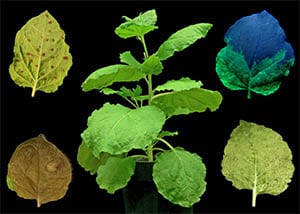
Cornell Nanoscale Facility Seeks Collaborations for Nano-agriculture
The Cornell Nanoscale Facility would like to expand their collaborations with plant scientists.

The Cornell Nanoscale Facility would like to expand their collaborations with plant scientists.

BTI researchers Harrison and Floss collaborate with Cornell physicists to understand how roots grow around barriers in the soil, while still heading down.

Researchers have found that salicylic acid targets the activities of HMGB1, an inflammatory protein associated with a wide variety of diseases, offering hope that more powerful aspirin-like drugs may be developed.

Harrison Lab has discovered that plants use EXO70I to form a membrane around the fungus in arbuscular mycorrhizal (AM) symbioses, beneficial associations where plants receive phosphate from fungi in exchange for carbohydrates.

BTI Researchers pinpointed which genes are important at different stages of tomato fruit development by monitoring how gene expression changed in the first four days after a flower becomes pollinated.

When plants detect pheromones given off by nematode worms, they activate their immune system for protection. The chemical warning not only triggers defenses against nematodes, but also against bacterial, fungal and viral infection.

Professor James Giovannoni, “There’s a great deal of diversity that’s still available from these varieties that potentially have a lot of useful traits, including tolerance to stresses and important fruit traits.”
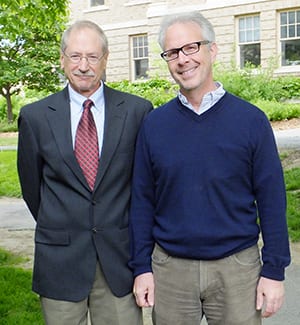
“The more we understand the molecular mechanisms involved in the infection process and in plant resistance, the more effective we’re going to be in breeding resistant crops,” said Professor Greg Martin.

A diverse group of researchers has teamed up to develop a therapeutic treatment for citrus greening disease, a bacterial infection that threatens the future of the U.S. citrus industry.

Researchers discover the genetics behind high-yield cucumbers that bear all-female flowers by screening 115 genome sequences to find large chromosomal variations.

EPA has granted temporary approval of two genes from spinach to be used in citrus plants. “There is a critical need to go beyond citrus to find novel resistance genes that provide protection…”
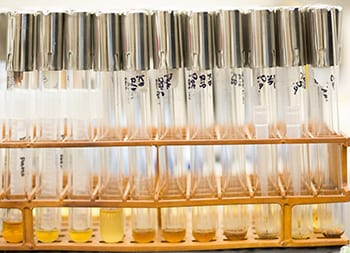
New research from the laboratory of BTI Professor Daniel Klessig finds that salicylic acid, or SA, plays a role in resistance to tomato bushy stunt virus or TBSV by blocking viral replication.

A new compound could make rice more weed-resistant. Researchers in the Jander laboratory first discovered b-tyrosine while looking for new defense compounds in rice.

The discovery of the role of this ammonium transporter improves the understanding of how the plant and fungal partners regulate the symbiosis and how phosphate and nitrogen move through the system.

Research Associate Amber Hotto and colleagues, working in the laboratory of BTI President David Stern, have characterized the first RNase III enzymes that function within chloroplasts.

Klaus Apel’s work is a step in understanding how plants respond to stress…singlet oxygen doesn’t deserve its bad reputation for wrecking cells and killing the plant.

Patricia Pinheiro was drawn to the study of insects like a moth to flame. As a grad student in the Cornell Entomology Department and Assistant Professor Michelle Cilia’s lab, Pinheiro studies insects that feed on plants and transmit pathogens.

The Yambase database will allow users to access the yam genome browser hosted by the Iwate Biotechnology Research Center in Japan and will house information about desirable yam characteristics and tools for breeders.
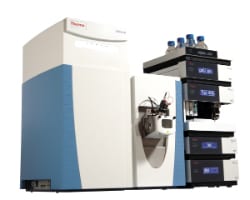

Professor Georg Jander has seen that, when attacked, plants react at the molecular level. Jander’s dedication—to plant science and people—seems to be contagious.

Visiting scholars Dr. Ignacio Maldonado-Mendoza and Dr. Melina Lopez-Meyer from The National Polytechnic Institute (IPN) in Guasave, Sinaloa in Mexico have chosen to spend their one-year sabbatical at BTI.

This study pinpoints regions of the tomato genome where extra DNA has hitchhiked along with desirable DNA; regions breeders can now target for crop improvement.

BTI Scientist Successfully Applied Precision Genome Editing in Tomato. In the new system, called CRISPR/Cas9 genome editing, targeted changes are made in the desired region of the genome.

BTI professors David Stern, Zhangjun Fei, and Lukas Mueller were able to brief Bill Gates and his team on their Gates funded projects and issues of biotechnology and plant science while he was at Cornell on October 1, 2014.

Graham Thiele, RTB Program Director at CGIAR Research Program on roots, tubers, and bananas recently met with Boyce Thompson Institute’s Lukas Mueller to plan expansion of bioinformatics platforms and databases.

Jocelyn Rose, professor of plant biology and director of Cornell’s Institute of Biotechnology, with BTI co-PI’s Carmen Catala, Zhangjun Fei, James Giovannoni, and Lukas Mueller will research ripening mechanisms & drought tolerance.
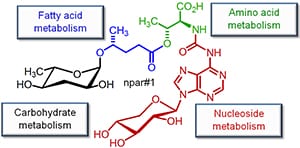
Schroeder’s lab works to discover new small molecules and identify their structure and function in the context of aging. “We know everything we see will be unknown, pure discovery…It’s pretty intense. We get to the bottom of things.”

CRWN proteins alter nuclear organization, which affects plant viability.

Fei and Giovannoni Labs contribute to sequencing of wild tomato species Solanum pennellii.

Research to improve feedstock that produces bioenergy.
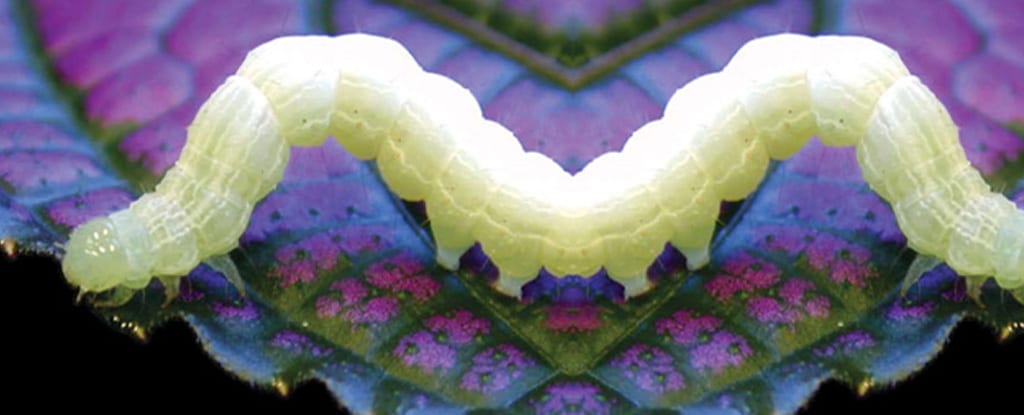
The “High Five” insect cell line made the Cervarix HPV vaccine possible, contributing to better human health.

Mueller Lab at BTI coordinates Cassavabase web site to pool data from cassava field trials in Africa to improve plant breeding.

This Nicotiana benthamiana web site shares papers, results, tools, protocols, and other materials from researchers using NB as a study plant.

The entire California citrus industry is counting on Cornell vector biologist Michelle Cilia to quickly come up with a solution to stop the spread of a deadly disease that could decimate domestic citrus production.

This Nicotiana benthamiana web site shares papers, results, tools, protocols, and other materials from researchers using Nb as a study plant.

(From Cornell Chronicle) Boyce Thompson Institute and Cornell researchers have identified a plant protein called DELLA that may lead to reducing phosphorus-fertilizer applications on farms and better plant growth in poor soil.

BTI invited public to learn more about BTI’s role in recent sequencing of coffee genome, plus presentations by other Cornell researchers from diverse fields who study coffee.
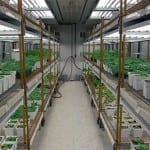
The genome of an experimentally important relative of tobacco has been sequenced by US and Canadian researchers.
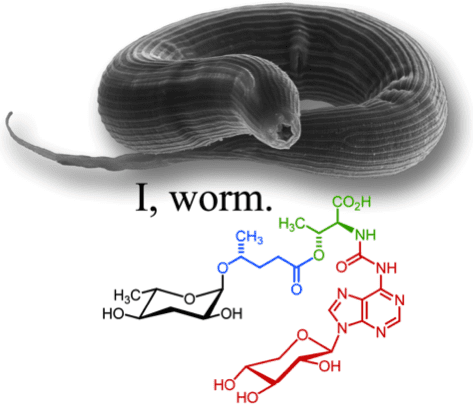
Conventional wisdom holds that genes determine the morphology of animals, but something else iwormmay be at play. Frank Schroeder from the Boyce Thompson Institute at Cornell University and Ralf Sommer from the Max-Planck Institute in Germany now rep.

Cassava, a rough and ready root crop that has long been the foundation of food security in Africa is finally getting the respect it deserves.
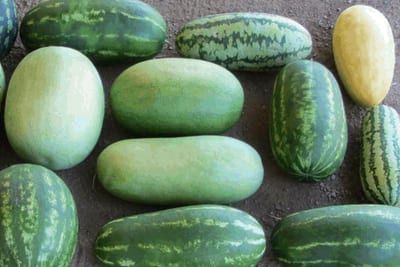
Are juicier, sweeter, more disease-resistant watermelons on the way?
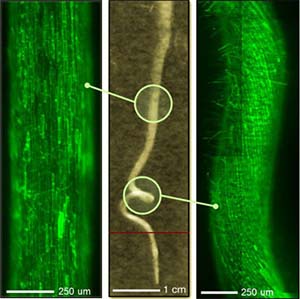
The science of how and why plant roots get their shape, it turns out, is a twisted tale.
The genome of an experimentally important relative of tobacco has been sequenced by US and Canadian researchers.

By identifying the proteins which bind the plant hormone salicylic acid and potentially mediate its myriad physiological effects, Dr Daniel Klessig is unravelling the complex roles these hormones play in abiotic and biotic plant stresses.
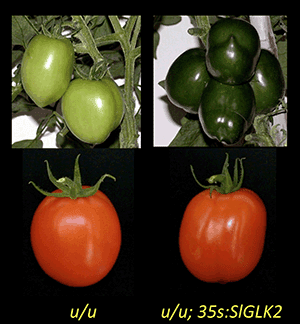
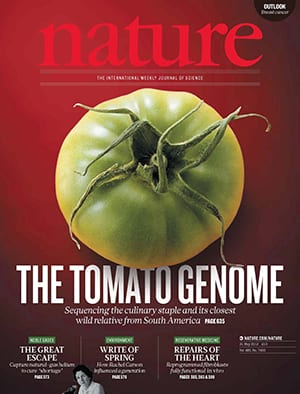
For the first time, the genome of the tomato, Solanum lycopersicum, has been decoded.

All of these nematodes speak the same chemical language,” through the use of compounds called ascarosides, said study co-author Frank Schroeder.

BTI Scientist Georg Jander to work with Cornell University’s Angela Douglas to study the effects of sugar on insects, to control pests on plants.
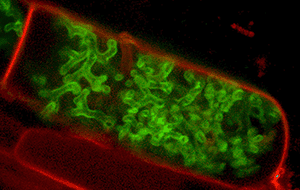
Most flowering plants form symbiotic associations with soil fungi to gain additional access to phosphate from the soil.
